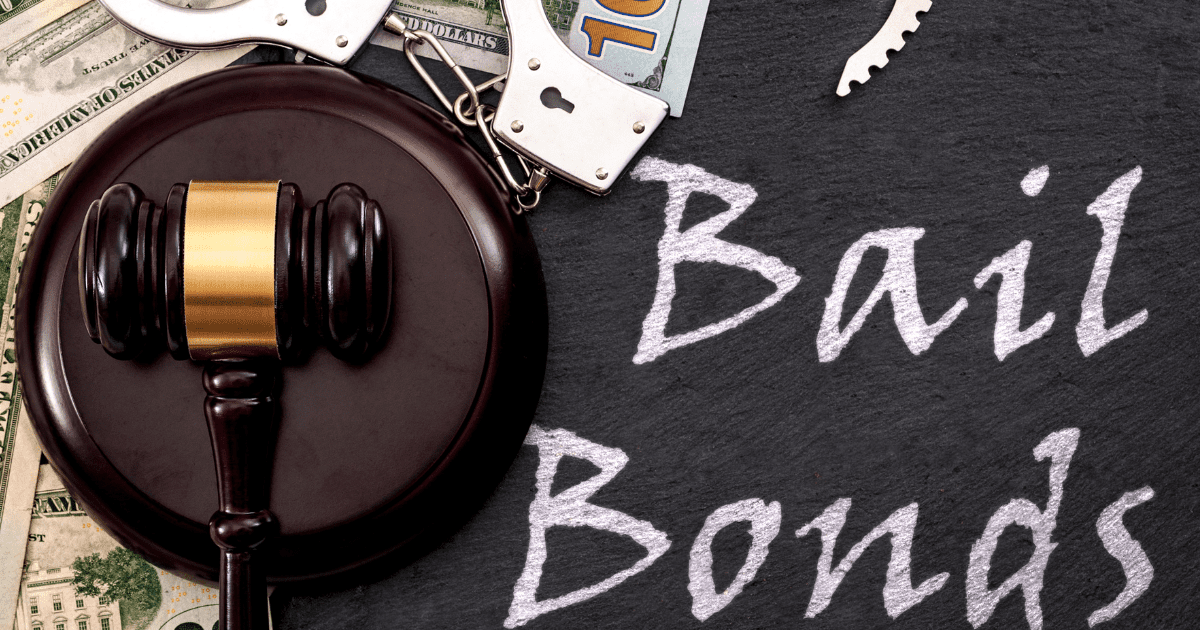A Complete Guide to Bail Bonds Licking County: Your Questions Answered
A Complete Guide to Bail Bonds Licking County: Your Questions Answered
Blog Article
Streamlining the Bond Process: Your Overview to Bail Bonds
Browsing the bond process can often feel overwhelming, specifically for those unknown with the different kinds of bond bonds and the steps involved in safeguarding launch. Once apprehended, the succeeding bail hearing will certainly determine the financial responsibilities essential for release.
Recognizing Bail Basics
While the legal system can commonly show up difficult, comprehending the essentials of bond is crucial for navigating the intricacies of pretrial launch. Bond offers as an economic warranty that a defendant will appear in court for their arranged hearings. When a person is jailed, a judge identifies the bail amount based on several factors, including the nature of the criminal offense, the accused's criminal history, and the risk of flight.
Bail can take numerous kinds, consisting of cash bail, where the accused pays the full amount upfront, or guaranty bonds, where a bondsman assures the bond for a charge. If the accused stops working to appear in court, they forfeit the bail quantity, which can bring about additional legal consequences.
Sometimes, individuals might be released on their own recognizance, meaning they do not require to pay bond but has to guarantee to return for their court dates. Understanding these fundamental concepts is essential for offenders and their families as they browse the bail procedure, guaranteeing informed decisions are made throughout a challenging time.
Exactly How Bail Bonds Work
Recognizing how bail bonds work is essential for any person included in the bail procedure. A bail bond is a legitimately binding agreement in between a bond bondsman, the defendant, and the court.
The bondsman usually bills a non-refundable fee, normally around 10-15% of the complete bond quantity. This cost represents the bondsman's payment for thinking the economic threat related to the bond. When the cost is paid, the bail bondsman articles the complete bond amount to the court, protecting the accused's release from safekeeping.
In exchange for this service, the bondsman may call for collateral, such as building or properties, to minimize possible losses if the offender stops working to show up in court. If the accused does not go to the arranged hearings, the bondsman has the right to recuperate the bond quantity with legal ways, which might include hiring a fugitive hunter. Understanding this process can aid individuals browse the intricacies of protecting a bail bond properly.
Kinds Of Bond Bonds
After protecting a bail bond, it is crucial to acknowledge that not all bail bonds coincide; they come in various kinds made to fit different scenarios and requirements. One of the most typical kind is the surety bond, which involves a bail bondsman that guarantees the complete bail amount to the court for a fee, usually around 10% of the total bond. This is suitable for those that can not afford you can check here to pay the complete bond amount upfront.
One more kind is the cash bond, where the accused or their depictive pays the full bail quantity in cash straight Click This Link to the court. When individuals have the economic means and prefer to recoup their funds upon court appearance., this alternative is commonly used.
Building bonds permit individuals to utilize property as collateral for bond. bail bond company newark ohio. This calls for a property assessment and can be complex, however it is beneficial for those who have valuable possessions
Lastly, some jurisdictions use individual recognizance bonds, where the defendant is launched based upon a promise to appear in court with no monetary commitment. Understanding these kinds of bond bonds is crucial for making educated decisions in your situation.
The Bond Process Actions
Navigating the bond procedure involves several essential actions that can substantially impact the result of a defendant's circumstance. The procedure typically begins with the arrest, during which the person is collared. Once apprehended, the accused will be notified of the costs and may have a bail hearing arranged, where a judge will certainly determine the bail amount based upon the seriousness of the criminal activity, trip threat, and criminal background.
After the bail amount is set, the defendant or their representative can contact a bail bondsman. The bond bondsman will certainly assess the situation, explaining the regards to the bond and the charges included, which normally total up to a portion of the total bail. If an agreement is reached, the bondsman will certainly upload the bond with the court, permitting the defendant to be released from protection.

Tips for Choosing a Bond Agent
Selecting a bond agent is a crucial action that can greatly affect the bail procedure. It is vital to pick an agent who not just understands the lawful complexities yet likewise provides trustworthy support throughout this stressful time. Begin by researching accredited bail agents in your location; ensure Click Here they have the needed credentials and experience in handling your specific scenario.
Check testimonials and reviews from previous customers to evaluate the representative's reputation. A respectable bond agent must show expertise, empathy, and transparency. Do not think twice to ask concerns about their fees, processes, and any type of possible security needs. Recognizing the financial commitments ahead of time can aid stay clear of unanticipated costs later on.
Furthermore, take into consideration the schedule and responsiveness of the bail agent. An excellent representative ought to come 24/7, prepared to offer assistance whenever essential. Examine their communication style; a representative that listens and explains plainly can make the process more manageable.

Conclusion
In conclusion, navigating the bond process needs a clear understanding of the different kinds of bond bonds and the step-by-step actions involved. Engaging with a certified bond bondsman is critical for facilitating release while guaranteeing conformity with court commitments.
Browsing the bond procedure can usually really feel overwhelming, specifically for those unknown with the different types of bond bonds and the steps involved in securing release.Understanding how bond bonds work is essential for anybody included in the bail process. A bail bond is a legitimately binding arrangement between a bail bondsman, the offender, and the court.After safeguarding a bail bond, it is vital to identify that not all bail bonds are the same; they come in various kinds made to fit different scenarios and demands. The most common kind is the surety bond, which involves a bond bondsman that ensures the full bond quantity to the court in exchange for a charge, usually around 10% of the complete bond.
Report this page